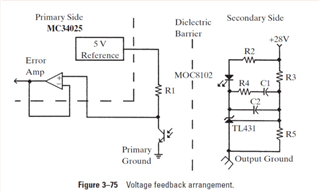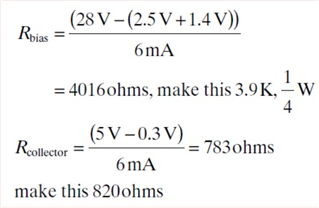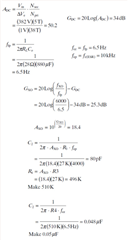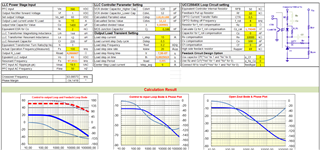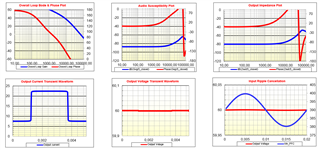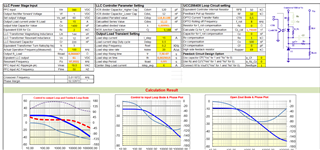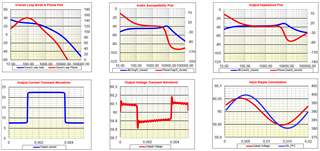Other Parts Discussed in Thread: TIDA-010080, UCC256403, ATL431
Hello,
I am designing an AC-DC LLC resonant converter circuit with Boost PFC input circuit with UCC256402ADDBR IC. DC-DC input is in half bridge LLC structure with min:300 V type:390 V max:410 V parameters. I'm aiming for 60 V as output voltage and 700 W as output power. I need to design a feedback circuit for the UCC256402ADDBR IC FB pin. However, I am struggling. However, I use the TIDA-010080 reference design and the UCC25640X design calculator. Can you help with this ? If you want more information about the design, I can share it.
Kind regards
Cihangir



